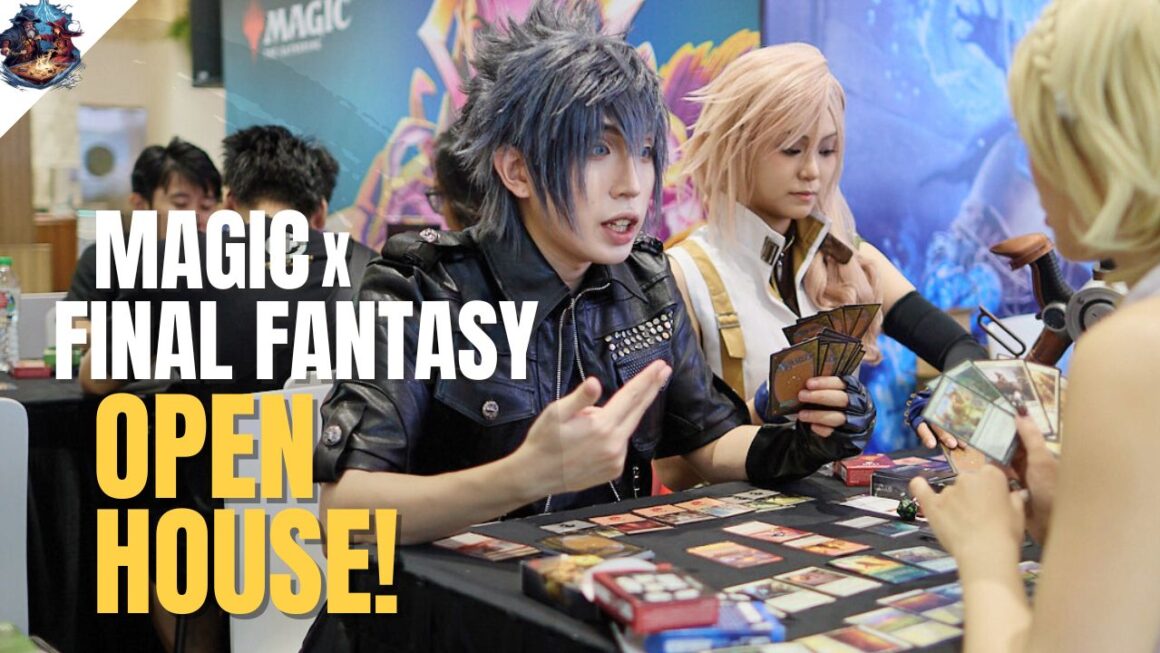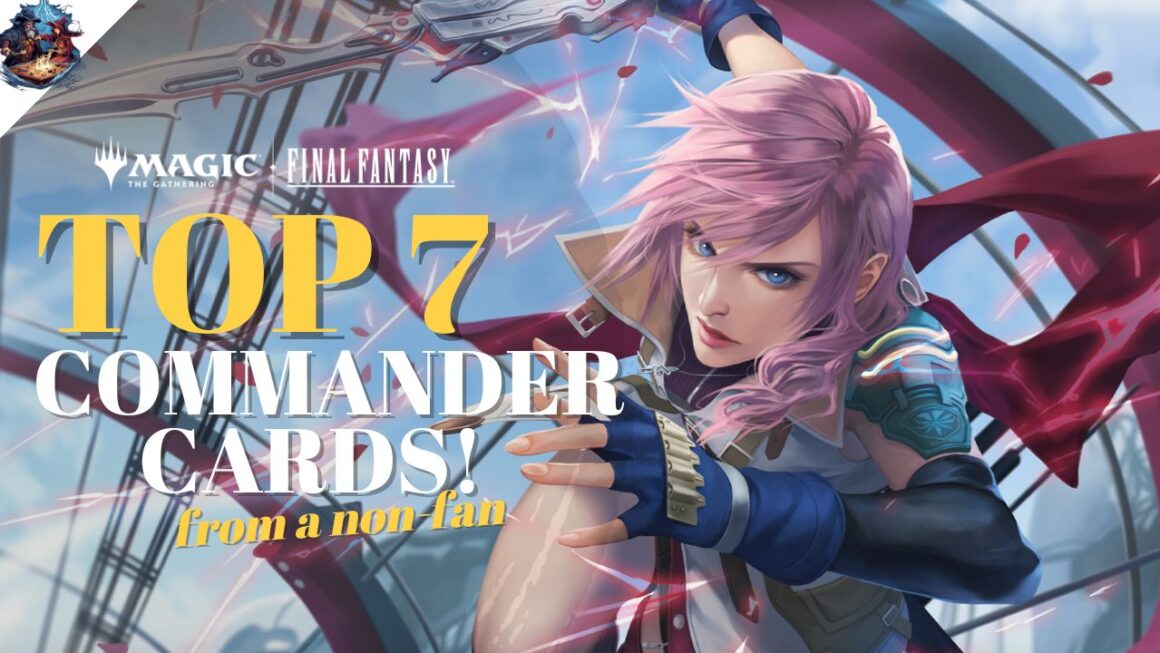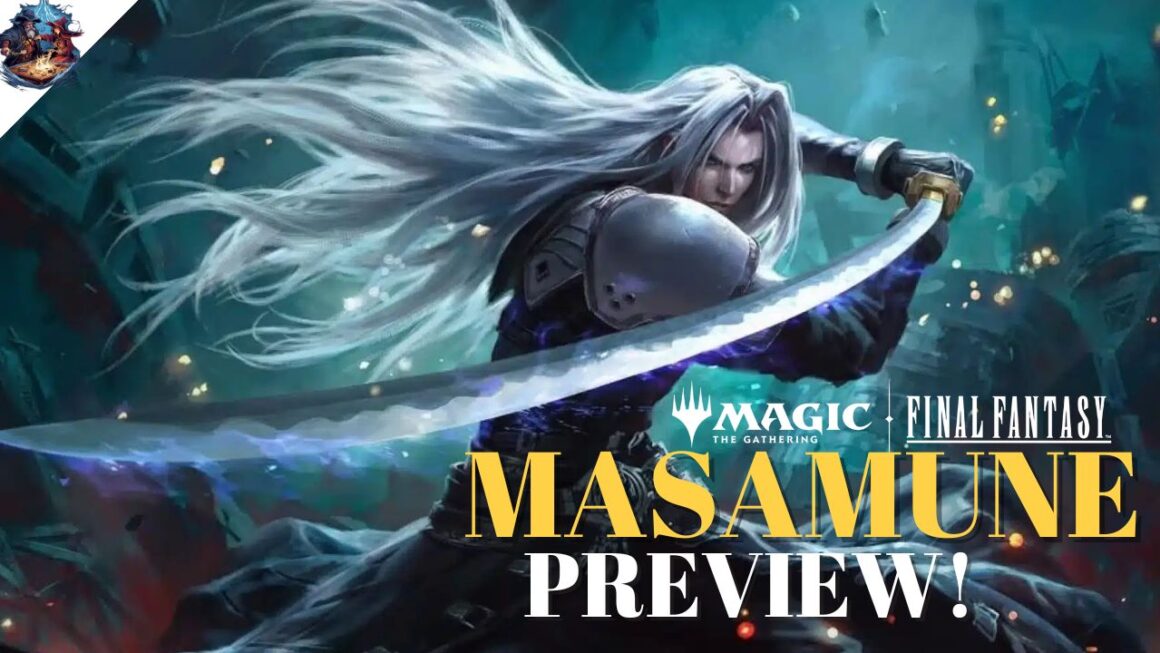Getting started on any new hobby can be an arduous process. You’re bombarded with differing opinions from diehard veterans, and all that unnecessary information and be suffocating. It’s the same with Magic: the Gathering.
But rather than complicate things, we wanted to find the simplest and easiest path for beginners to build their first deck.
We found that these 3 key considerations will provide a solid foundation on deck building, and will continue to be useful in the years to come regardless of where you are playing Magic.
Are You Playing Commander or Non-Commander?
If you’re playing on paper, a good 1st question to ask is: are you playing in a multiplayer (Commander format) or single player (e.g. Pioneer format) game? They have different deck size requirements, and are summarised here:

Commander Format Deck Size:
100 cards (fixed, including your Commander).
Non-Commander Format Deck Size:
60 cards (minimum, but decks are often optimised at 60)
Non-Commander decks are used in 1v1 formats such Standard, Pioneer, Modern etc., that are played on both paper and online, so if you happen to play digitally on MTG Arena, then 60 cards is your recommended deck size.
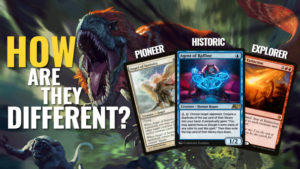
In more competitive gameplays, a Sideboard is used. This Sideboard is essentially a substitution roster just like in any sports game. Between games in a best-of-3 match, you’re allowed to swap in and out cards using your Sideboard.
Align Your Interests to Your Deck Colours
What kind of play style do you have? Do you like dealing lots of direct damage, or perhaps you fancy gaining life? These attributes can help you determine the colours of your deck.

The different colours in Magic follow various themes and archetypes. Here’s a basic overview of what game effects and characteristic that each colour has:
White: Life gain, protection, Enchantments, Angels
Blue: Card draw, counter spells, Wizards
Black: Graveyard manipulation, life loss, Sacrifice, Zombies
Red: Direct, noncombat damage, Goblins
Green: Power and Toughness boosts, big Creatures, Elves

The great thing about Magic is you can have any kind of colour combination you want! If you like Elves and nothing else, then play mono green. But if you feel that there’s a part of you in each colour, then build a 5-colour deck!
Deck Breakdown: How Many Lands and Non Land Cards?
Choosing your deck colours will impact the makeup of your deck, most notably in the Lands category. Lands are needed to generate Mana in Magic, so virtually every deck will need some form of Lands.
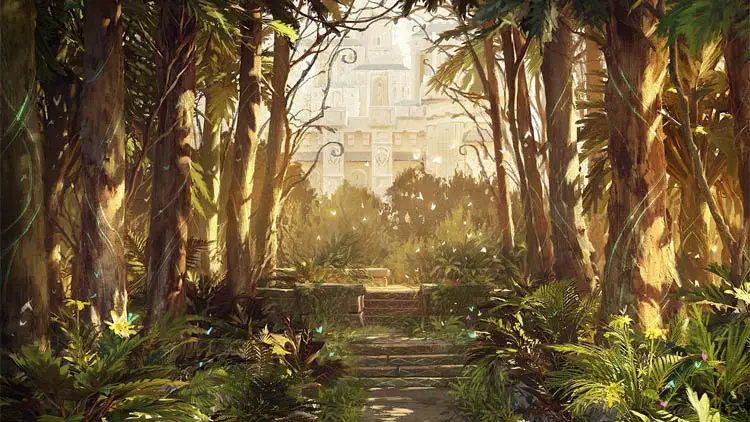
In Commander decks, a good guideline is to have around 35-37 Lands, while in non-Commander (60 cards) decks, players normally have about 20-25 Lands. These numbers have a range because some decks are more Mana intensive, while others don’t need a lot of Lands to get rolling.
The trickier part comes when discussing non-Land cards. There are lots of card types in Magic, from Artifacts and Enchantments, to Planeswalkers. In Commander decks, you can only 1 of each unique card, but in non-Commander decks, you can have up to 4 (called a playset). There are certain cards, such as Persistent Petitioners, that allow you to break the limits but those are rare cases.
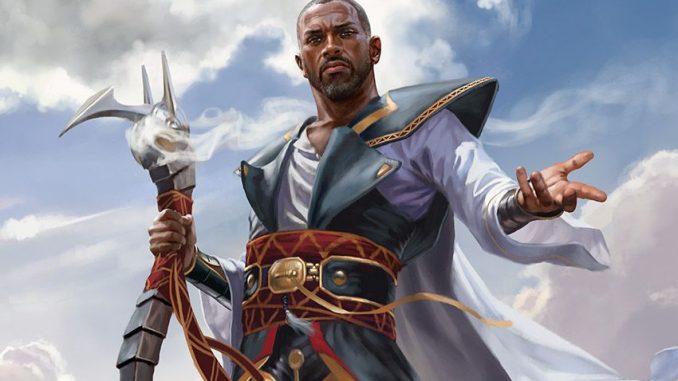
Balance is key to deck building. You don’t want your entire deck to be just Lands and Creatures, even if you are playing a combat-focused deck. Balance would mean having some Instants or Sorceries to deal with the opponent’s threats, or perhaps a couple of Planeswalkers to provide a back up win condition.
End Step: Save Your Deck List and Playtest Online
Once you’ve got an idea in your head for a deck, there are online deck-building tools that can help you keep it organised. Look through our detailed review on several deck builders and find one you find suitable. Some deck builders will even allow you to playtest, where you can shuffle a digital deck, draw cards from it and cast spells. It’ll help you fine tune your deck for future adjustments.

Scryfall is an unofficial card database that can help you search for specific abilities in cards. Once you find what cards you’d like to put in your deck, save it into the deck builder.


